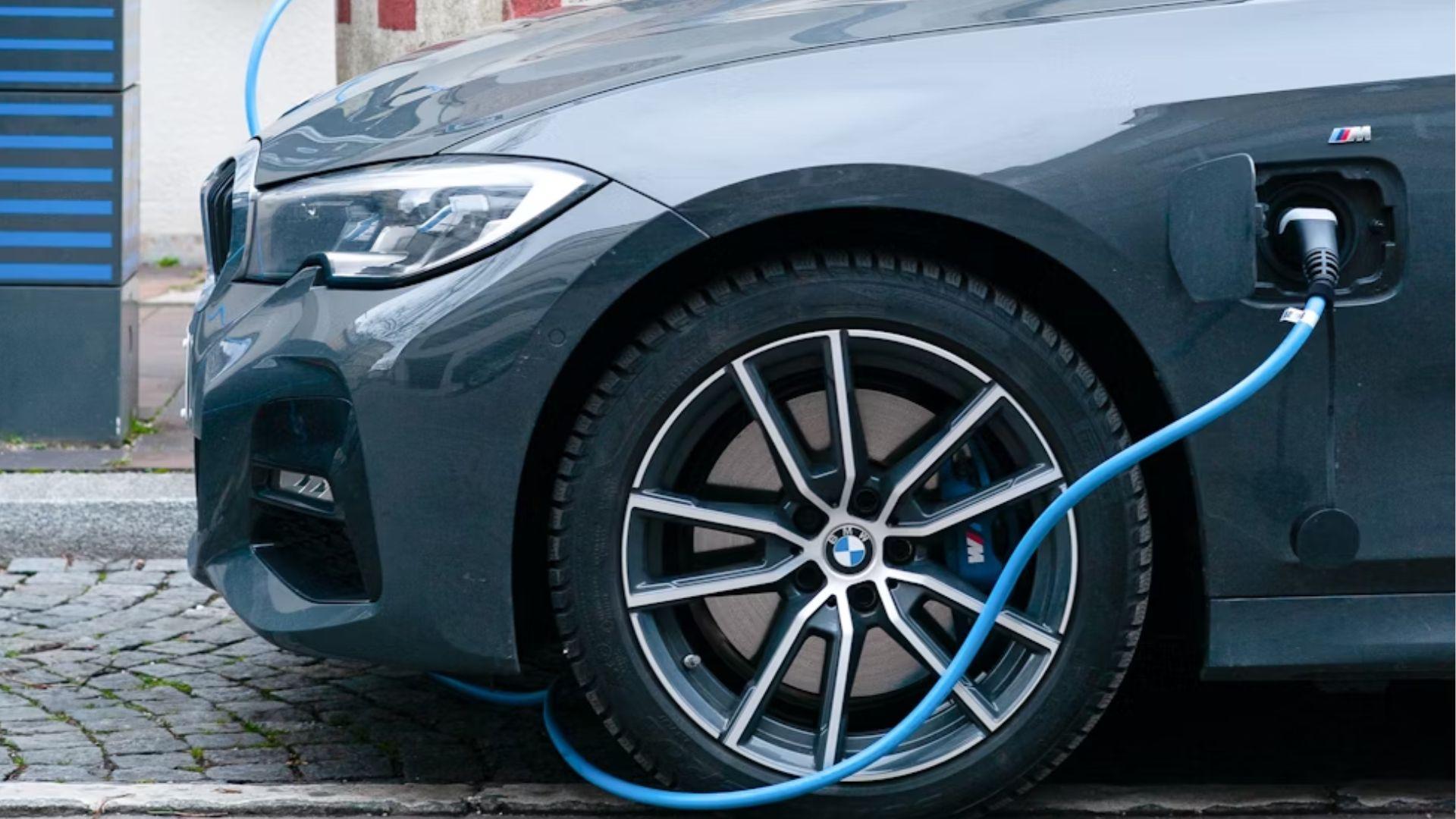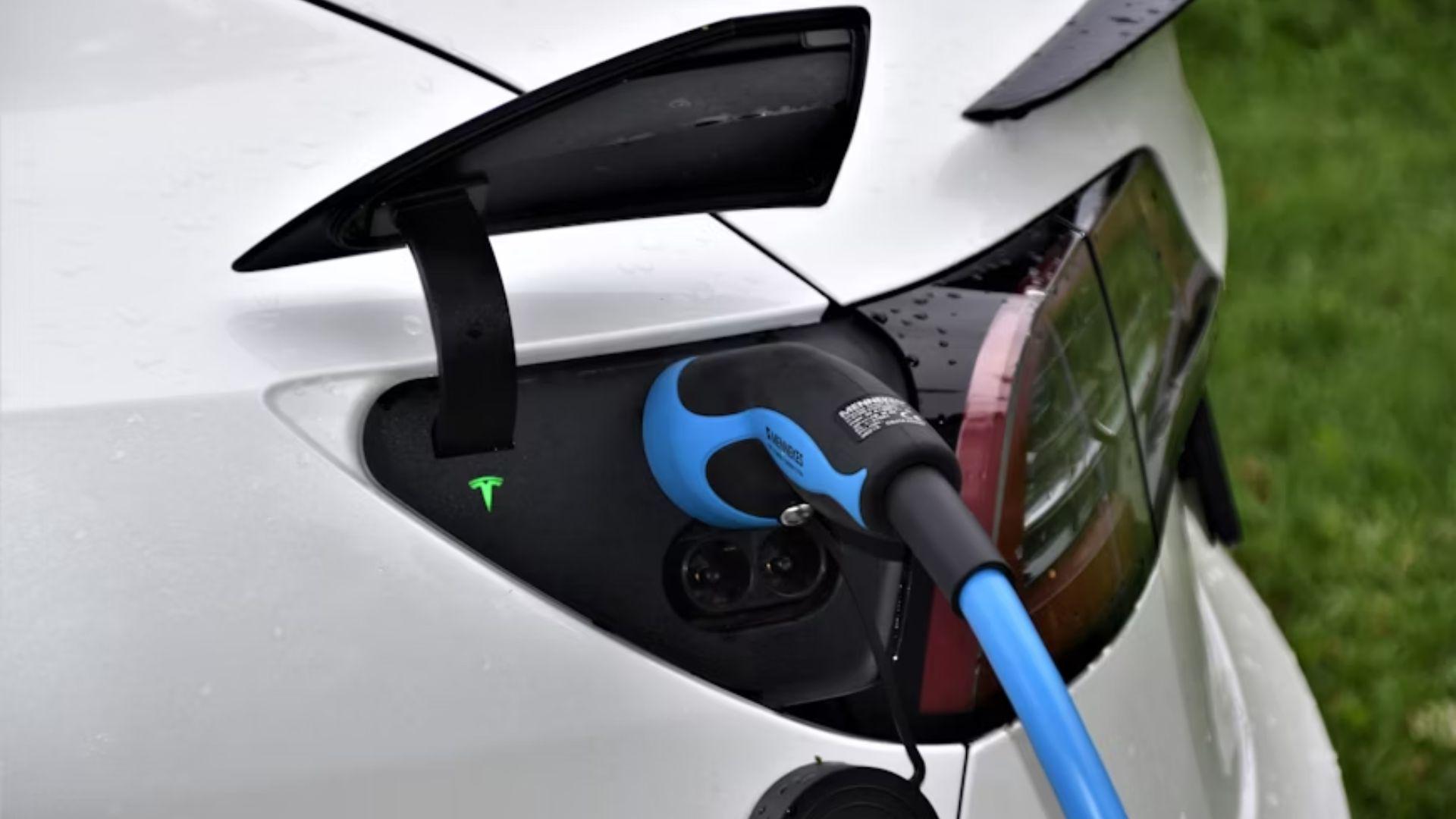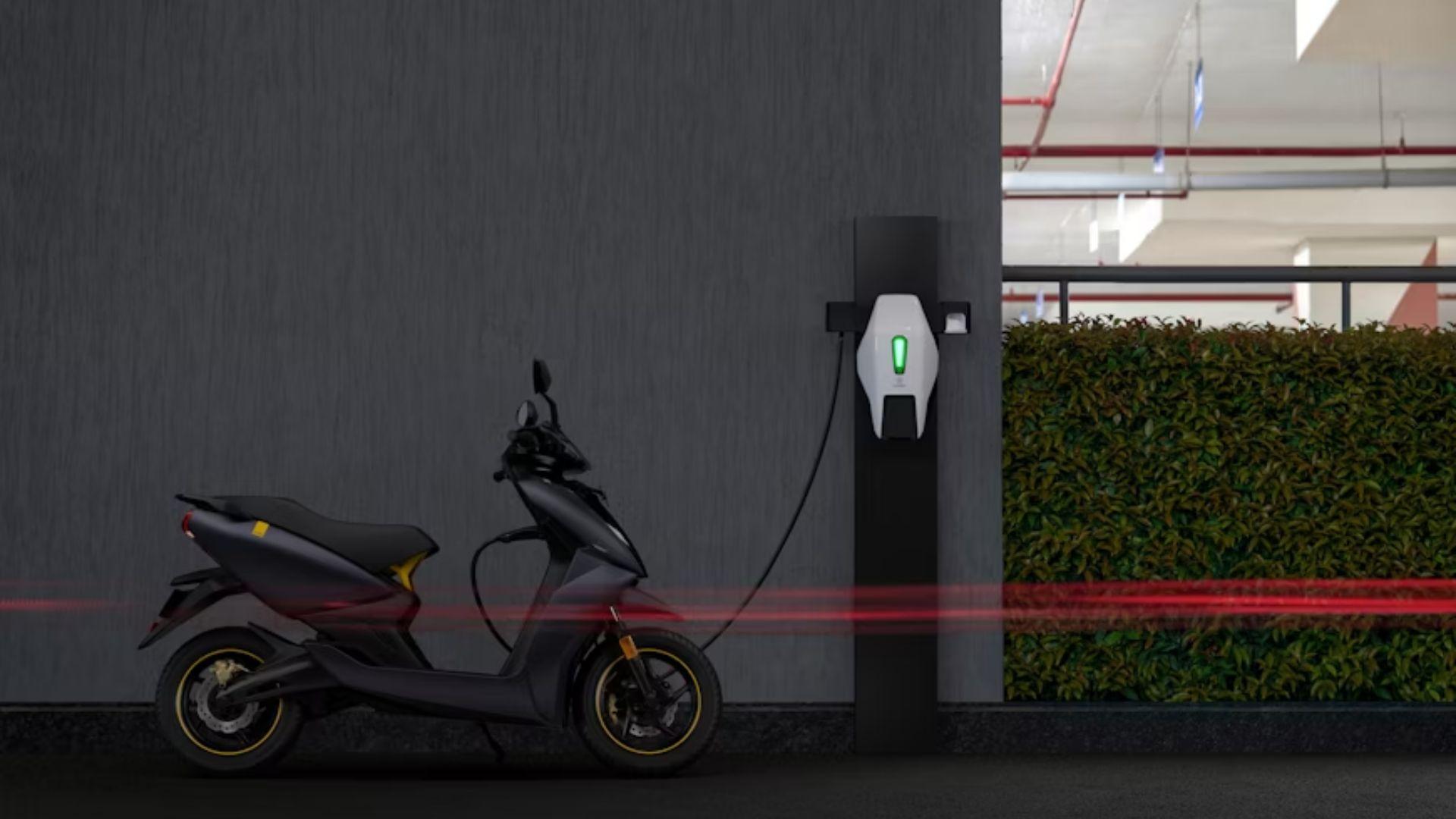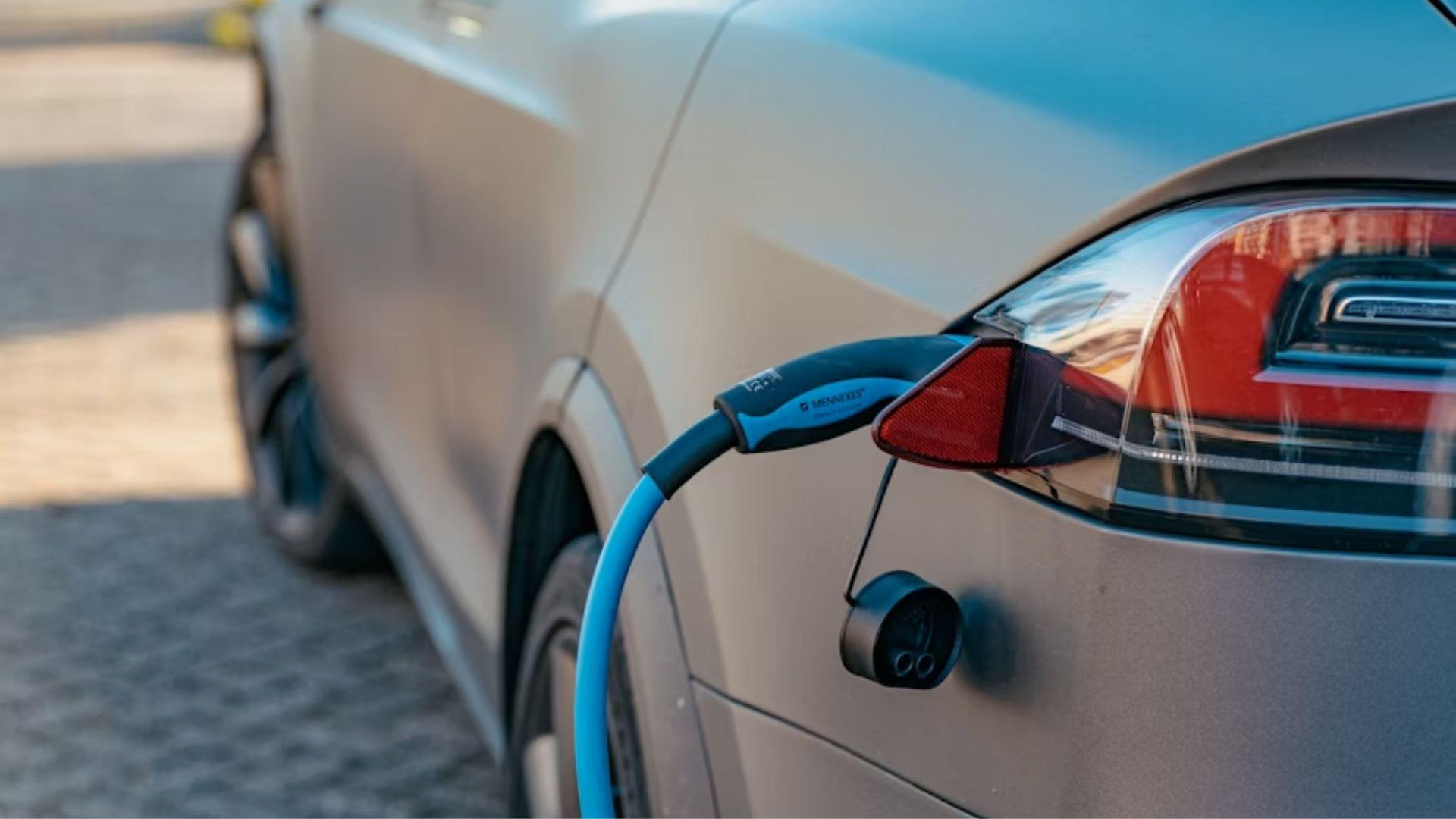A new study from the University of Michigan and Cornell University has suggested that we cannot find enough copper to fill the demand for new electric vehicles.
Copper is an essential element of electric vehicle (EV) production but the mining process has been linked to human rights failures and, the average time gap between discovering new copper deposits and getting a mine permit is 20 years.
The Role of Copper in Electric Vehicle Production

Electric Vehicles (EVs) require 3-5 times as much copper as internal-combustion-engine vehicles. Meanwhile, additional copper is required for upgrades to the electrical grid.
This new study finds that copper cannot be mined quickly enough to keep pace with US Government policy, which aims to transition the country further towards renewables.
What The Study Says

“Copper is the mineral most fundamental to the human future because it is essential to electricity generation, distribution, and storage,” reads the study which was sponsored by the International Energy Forum.
It adds, “Copper availability and demand determine the rate of electrification, which is the foundation of current climate policy.”
What is The International Energy Forum?

Wards Intelligence’s Joseph Szczesny wrote, “The Forum is the world’s largest international organization of energy ministers from 70 countries and includes both producing and consuming nations.”
He added, “It has a broad mandate to examine all energy issues, including oil and gas, clean and renewable energy, sustainability, energy transitions and new technologies.”
The Study’s Findings

“To electrify the global vehicle fleet requires bringing into production 55% more new mines than would otherwise be needed,” the study says,
The study adds, “On the other hand, hybrid-electric vehicle manufacture would require negligible extra copper mining.”
What is US Policy on EVs?

The US Inflation Reduction Act, the flagship legislative achievement of Joe Biden’s administration, calls for 100% of cars manufactured to be electric by 2035. While California wants to end sales of internal-combustion-engine vehicles by the same year.
Outside of the US, the EU wants to ban internal-combustion-engine vehicles by 2035, while over a quarter of vehicles sold in China are currently electric.
Problems Emerge

Szczesny wrote, “To meet the copper needs of electrifying the global vehicle fleet, as many as six large new copper mines must be brought online annually over the next several decades.”
He added that the study says, “About 40% of the production from new mines will be required for electric vehicle-related grid upgrades.”
Copper Needed For Different Vehicles

Professor Adam Simon says, “A normal Honda Accord needs about 40 pounds (18 kg) of copper. The same battery-electric Honda Accord needs almost 200 pounds (91 kg) of copper.”
He adds, “The paper [shows] that the amount of copper needed is essentially impossible for mining companies to produce.”
Problems Grow

Researchers found that between 2018 and 2050, the world would need to mine 115% more copper than was mined in all of human history pre-2018 just to meet “business as usual”.
“I am a huge fan of the Inflation Reduction Act. It is fantastic. I’ve got solar panels, batteries and an electric vehicle,” Simon says. “I’m fully on board with the energy transition. However, it needs to be done in a way that’s achievable.”
Hybrid Vehicles Could Hold The Key to Success

The new study suggests that instead of fully electrifying vehicles, the US should prioritize the manufacturing of hybrid vehicles.
Simon said, “We know, for example, that a Toyota Prius has a slightly better impact on climate than a Tesla. Instead of producing 20 million electric vehicles in the United States and globally, 100 million battery electric vehicles each year, would it be more feasible to focus on building 20 million hybrid vehicles?”

